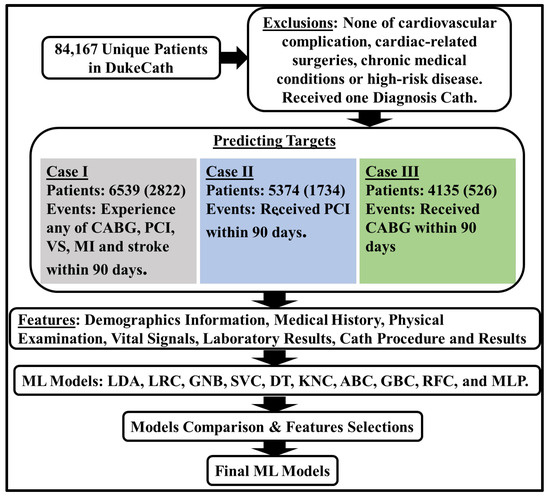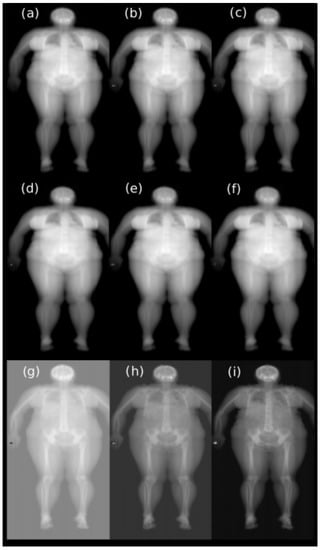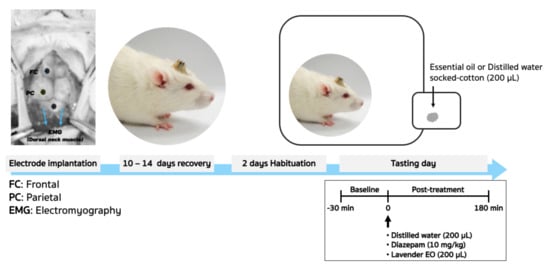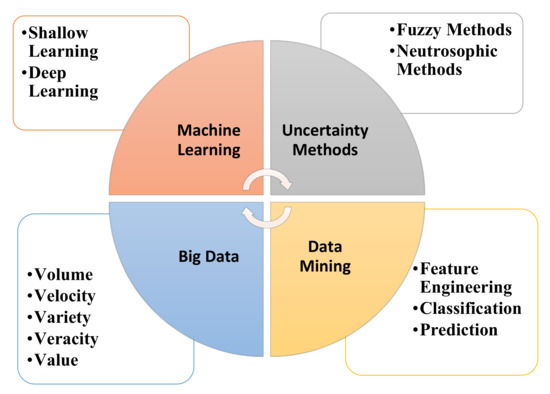Machine Learning for Biomedical Application
A topical collection in Applied Sciences (ISSN 2076-3417). This collection belongs to the section "Applied Biosciences and Bioengineering".
Viewed by 11748Editors
Interests: medical imaging; analysis of biomedical images; pattern recognition
Special Issues, Collections and Topics in MDPI journals
Interests: image and signal processing; artificial intelligence; deep learning
Special Issues, Collections and Topics in MDPI journals
Topical Collection Information
Dear Colleagues,
Biomedicine is a multidisciplinary branch of medical science that consists of many scientific disciplines, e.g., biology, biotechnology, bioinformatics, and genetics; moreover, it covers various medical specialties. In recent years, a huge development of this field of science has been observed. The consequence of this is not only achievements that allow better understanding of the principles of the human body functioning at various levels (cellular, anatomical, and physiological), but also a large amount of data generated, among others as a result of analyses of the human genome or the processing, analysis, and recognition of a wide class of biomedical signals and images obtained through increasingly advanced medical imaging devices. The analysis of these data requires the use of advanced IT methods, which include those related to the use of artificial intelligence, and in particular machine learning.
The Topical Collection will include applications of machine learning in processing, analysis, and recognition of biomedical data. Specific attention will be given to recently developed deep learning techniques and their application in extracting essential information from large biomedical databases. Hence, proposed topics include but are not limited to the following applications of machine learning:
- Genomic sequence determinations and analysis of gene expression patterns;
- Processing and analysis of biomedical signals and images;
- Modifying living organisms according to human purposes;
- Improving cell and tissue culture technologies;
- Development of deep learning architectures in analysis of biomedical data.
Prof. Dr. Michał Strzelecki
Dr. Pawel Badura
Collection Editors
Manuscript Submission Information
Manuscripts should be submitted online at www.mdpi.com by registering and logging in to this website. Once you are registered, click here to go to the submission form. Manuscripts can be submitted until the deadline. All submissions that pass pre-check are peer-reviewed. Accepted papers will be published continuously in the journal (as soon as accepted) and will be listed together on the collection website. Research articles, review articles as well as short communications are invited. For planned papers, a title and short abstract (about 100 words) can be sent to the Editorial Office for announcement on this website.
Submitted manuscripts should not have been published previously, nor be under consideration for publication elsewhere (except conference proceedings papers). All manuscripts are thoroughly refereed through a single-blind peer-review process. A guide for authors and other relevant information for submission of manuscripts is available on the Instructions for Authors page. Applied Sciences is an international peer-reviewed open access semimonthly journal published by MDPI.
Please visit the Instructions for Authors page before submitting a manuscript. The Article Processing Charge (APC) for publication in this open access journal is 2400 CHF (Swiss Francs). Submitted papers should be well formatted and use good English. Authors may use MDPI's English editing service prior to publication or during author revisions.
Keywords
- machine learning
- biotechnology
- signal and image analysis
- pattern recognition
- genomics











